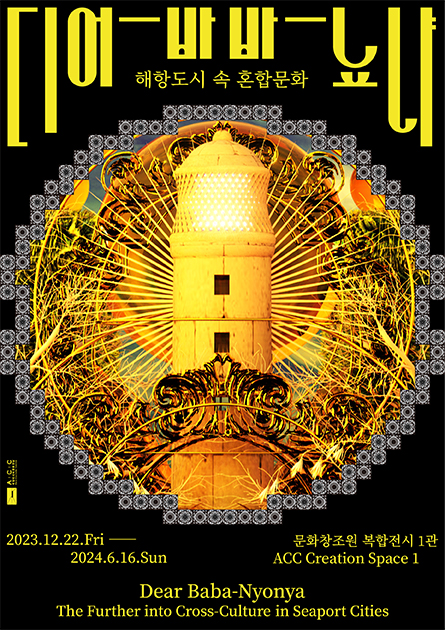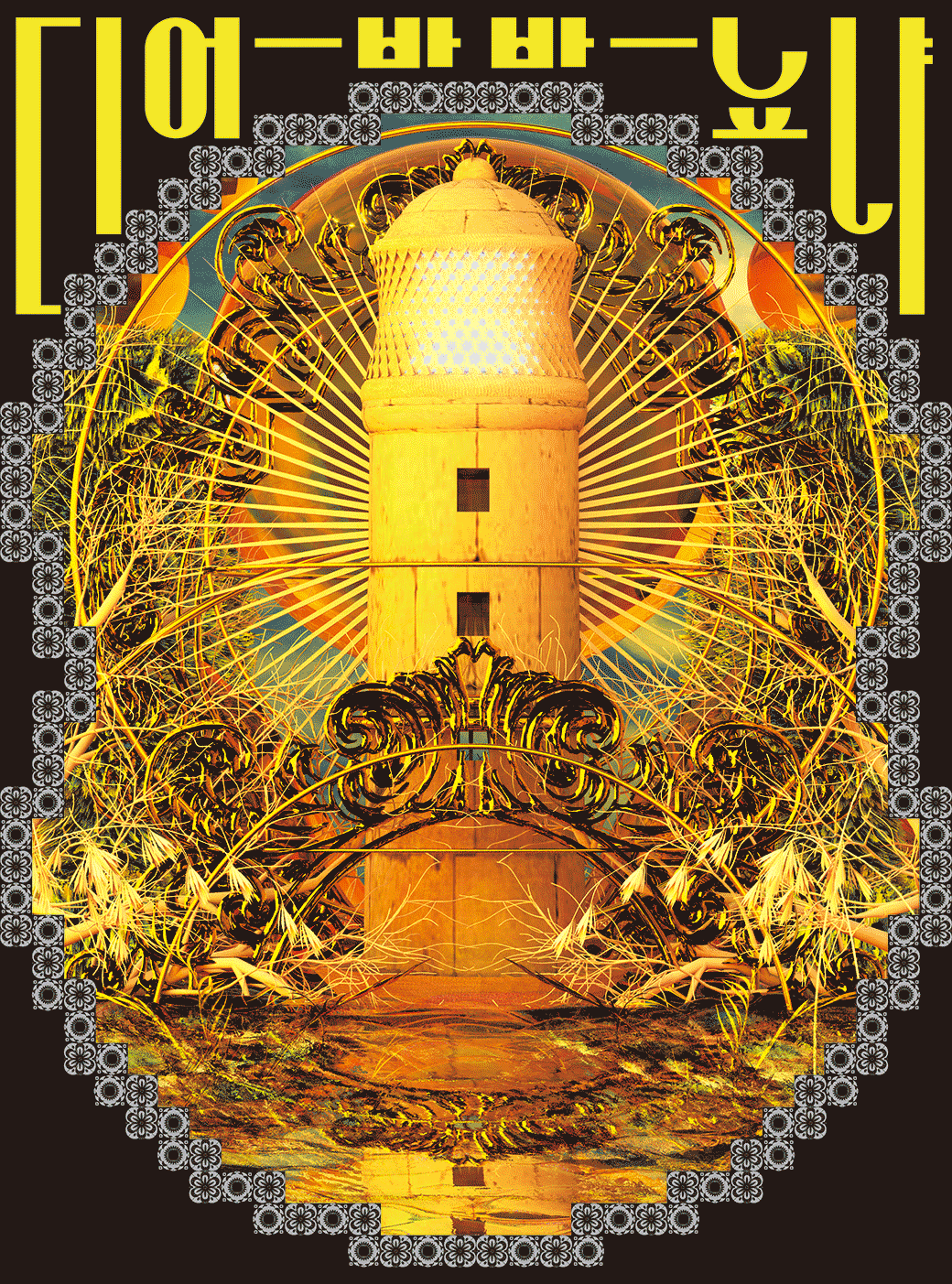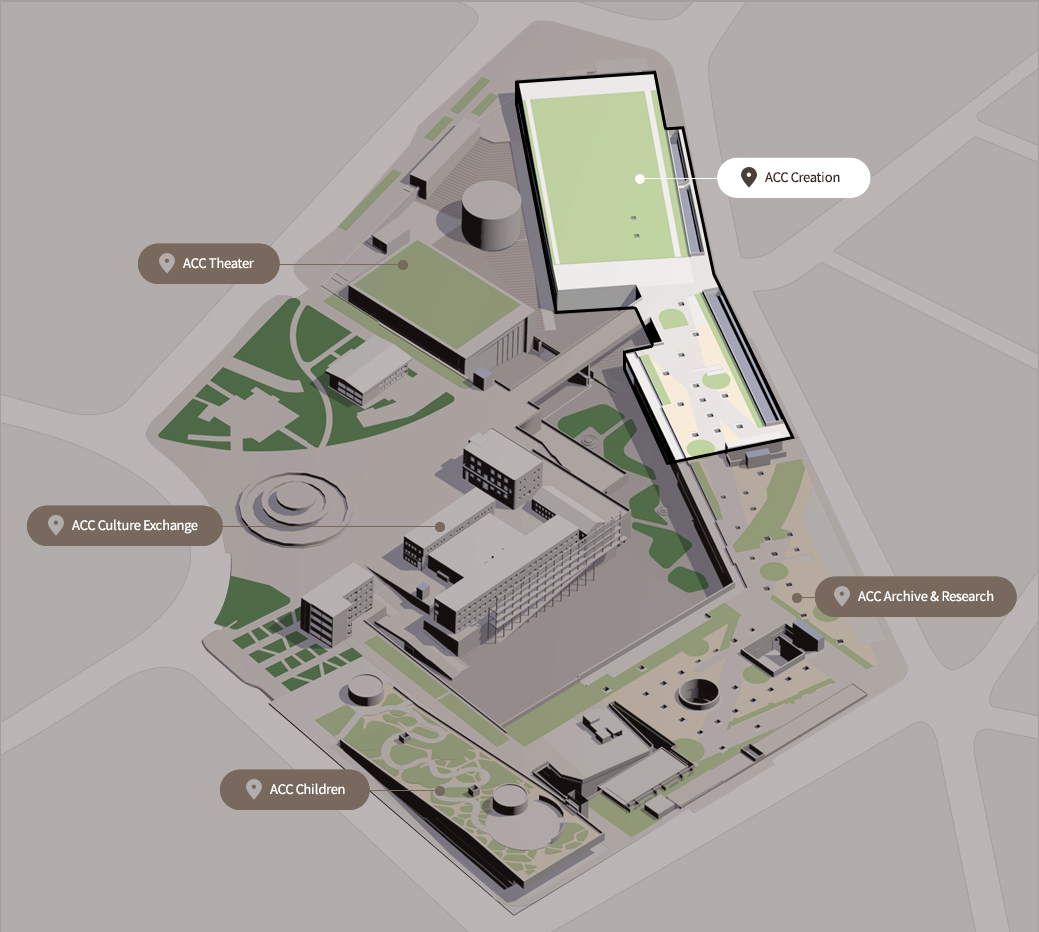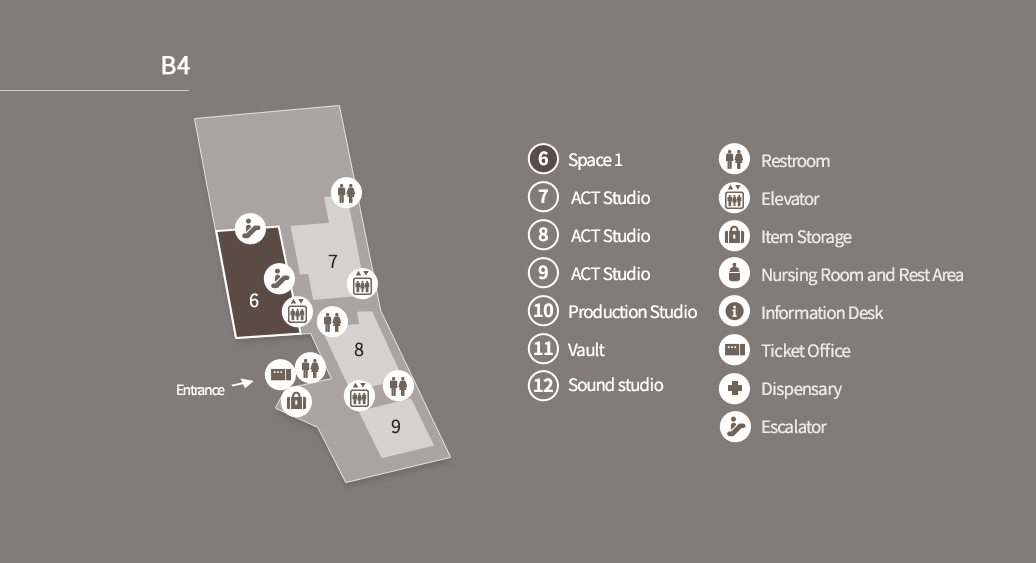About the CityKochi, the Highway of the Sea for Herbs and Spices
Kochi, located in the southwestern state of Kerala in southern India, is a seaport city that is adjacent to the Indian Ocean. In Kochi, which is also the origin of pepper, a representative spice that maintains the taste and preservation of meat, trade and the exchange of people and goods for commerce have been happening since ancient times, leading to frequent cultural diffusion. Hinduism, in its combined form of traditional customs and beliefs, dictates the way of life for Indians. The traditional dance drama called Kathakali, which represents the ideal way of life known as dharma, and the numerous Hindu temples scattered throughout the city, reflect the open-minded attitude of Indians who believe that God exists everywhere. In Kochi, which is located at the western edge of Asia, there are traces of influence from the eastern end of China. It is the fishing method of using “Chinese fishing nets,” in which nets are dipped into the water and then lifted up, originating from China. Ironically, these sights that are hard to find in China have become a prominent attraction in Kochi, transcending the distance of 3,000 km in space and time. Europe sought to use Kochi as a launching point for voyages towards Asia. After Vasco da Gama discovered a direct route to India, Portugal established a cooperative relationship with the King of Kochi and built forts in the harbor, making it a trading post. Furthermore, they built the Mattancherry Palace, which blended the traditional architecture of Kerala with European-style interior decorations. This palace was later referred to as the Dutch Palace, as it reflected the changing influences of European powers that had expanded into the region. The geographical conditions of Kochi, with its vast territory and abundant resources, have brought about changes that are evident even in the oldest church in India, the St. Francis Cathedral. The Catholic cathedral, which was built during Portugal’s expansion and was once the burial place of Vasco da Gama, has a complex past, such as the Dutch period when it was used as a Protestant church, and later during British rule when it served as an Anglican church. Within the turbulent flow of history, small communities also existed. Jewish people who could not return to their homeland settled in Kochi, which was a trading hub, and established a synagogue called Paradesi Synagogue to practice their faith. The Burghers, who were born to local Sri Lankan women and European men in the vicinity, created unique and artistic streets that expressed their identity and left their mark. Today, the appearance of Kochi resembles the mixed spice blend of India known as masala. Masala, beyond the universal principle of using various ingredients, can result in countless flavors and tastes depending on the person who blends it, as there are no set rules for its composition. Kochi, which has opened up to the external world through spices, still retains the echoes of a rich multicultural heritage that has accumulated over countless generations.
About the Artist <Golden Journey>
- OMA Space
- Spices, ashes, hemp fabric, video, music, ø1,000×240(h)cm, 2023
<Golden Journey> is a work centered around Kochi, which was the hub of the spice trade in India. Kochi, a coastal city in the southwestern region of India, has been a major port city since the 7th century, where Arab traders have been involved in the trade of spices such as pepper and cinnamon that are produced in large quantities. In particular, pepper had a very high commodity value at that time and was referred to as “black gold.” The physical form of the central golden objet d’art and ashes is an homage to the spice trading market, depicting the “Bindu Chakra.” Chakra is a Sanskrit word that means “wheel” or “cycle,” referring to the concept of circulation. “Bindu” is an important single point where energy spreads throughout the body, among the various focal points of spiritual power that exist in different parts of the human body. Ayurveda, the traditional medicine of India, stimulates the chakras through the use of aromas and colors of the energy channels, awakening the senses of the body and mind. The audience directly experiences sensory stimulation by smelling the aroma objects, and through the nervous system and brain, they undergo an experience of sensory organs evolution. The video represents the ever-changing and spreading phenomena of scent and air, with currents flowing over the landscapes of the universe and earth, and swirling golden winds. It is animated to represent the “Eternal Journey.” The scents that move along with the air and the colors reflected in the light reach our physical body and mind, leading us to a world of profound sensory experiences.
About the CityMalacca, the Crossroad of the World’s Seas
Located in the southwestern part of Malaysia, Malacca is situated on the shortest route connecting the Indian Ocean and the Pacific Ocean. The winds that blow here change direction depending on the season, and these seasonal winds have transformed into trade winds, bringing people, goods, and cultures. Once a small fishing village, Malacca grew into a global maritime kingdom after establishing friendly relations with China during the early 15th century Age of Exploration. With the increasing influx of Chinese immigrants for interregional trade, a community known as Peranakans was formed through intermarriages with local women. The men (Baba) and women (Nyonya) as well as their descendants displayed a tendency to maintain their own distinct identity, and they left traces of traditional Chinese cultural elements in places like the Cheng Hoon Teng Temple, which pays tribute to their ancestral heritage. The king of Malacca converted to Islam in order to attract the Muslim trading communities that were leading global trade. As a result, the Malacca kingdom became the center of an international trading network connecting Europe and Asia. Islam in this region shows a relatively flexible stance influenced by indigenous beliefs, Buddhism, and Hinduism, rather than adhering strictly to Muslim customs. This can be observed in the blend of Malay traditional architecture and Arab styles in the Sultanate Palace Museum, as well as the fusion of Islamic and Hindu architectural elements in the Kampung Kling Mosque. The prosperity of Malacca became a catalyst for the increased interaction with numerous European merchants. The Portuguese were the first to establish the Fortress of Santiago and St. Paul’s Church, while the Dutch contributed to the unique urban landscape of Malacca by building Christ Church and the town square using red bricks made from river sediments. Following them, the British added their cultural influence by erecting a fountain in the shape of Queen Victoria’s insignia at the center of the square and transforming the Protestant church into an Anglican church. They also converted the Governor’s Mansion into a school, further imprinting their own culture in Malacca. The diverse cultural elements from Asia and Europe that flowed into Malacca were embraced and incorporated into the daily lives of the local population. Today, people can see individuals burning incense at Buddhist temples, Muslims performing prayers facing Mecca three times a day, and people of various denominations, including Catholics, Protestants, and Anglicans, praying together at the churches in the square without any distinction. Malacca, as a space of multiculturalism where diversity is respected without leaning or being transformed towards any one side, was designated and protected as a UNESCO World Heritage site in 2007.
About the Artist <WATER ODYSSEY : Waterroad>
- Song Changae
- Interactive projection mapping, sound, archiving, hand tracking, procedural image generation, ø1,000x560(h)cm, 2023
<WATER ODYSSEY: Waterroad> is a work about Malacca in the Malay Peninsula. Malacca is located on a major sea route that connects the Indian Ocean to Southeast Asia, making it one of the most prominent port cities where diverse cultures and ideologies from different continents blend together. The work highlights the Malacca Strait as a vibrant trade route and a significant space that was filled with people’s desires and aspirations during the era of opening new maritime routes. Furthermore, it emphasizes how the long history of trading activities in the strait connected people and became the origin of diverse blended cultures, contributing to their lives and evolution. The interactive media art piece “Drawing Water Flower” in the work is an audience participatory project based on infrared sensors, a real-time image generation program, and projection mapping technology. When the audience waves their hand (sensor) towards the moon floating in the air, a spontaneous drawing in the form of water channels is generated. This is combined with the artist’s pre-programmed leaf drawings and transformed into an image of “water flower seed.” The artist metaphorically compares the audience’s experience of creating water channels to an act that reflects their inner self. Along with the “water flower seed” that falls into the sea of chaos, the audience explores the journey of life, following their own water channels. The artist depicts the dynamic and cyclical nature of life by drawing water channels that traverse between the East and the West, the past and the present, and even the future. Through the art experience of visualizing water waves, it evokes contemplation in the audience about the cyclical nature and organic interactivity of existence, leading them to confront their inner selves.
About the CityQuanzhou, the Dreaming City of a Thousand Lights
Located in the southeast of China, Quanzhou has been a flourishing trading port since the Tang Dynasty, as it is connected by both rivers and the sea, penetrating inland. This city is known as Zaitun overseas, derived from the name of the silk taken by Arabs and the red flowers spread across the entire city, which are called Erythrina variegata. During the Song Dynasty, Quanzhou had trade relationships with over 40 ports including Balan (Goryeo) in the northeast, Malacca in Southeast Asia, and India and Arabia in the southwest. Both Marco Polo’s <The Travels of Marco Polo> and Ibn Battuta’s <The Travels> praised Quanzhou as the “greatest trading port of the East,” comparable to Alexandria in Egypt. As a starting point and destination of maritime trade routes, Quanzhou has preserved various religious architecture that exhibit the characteristics of cultural coexistence, owing to the frequent interactions of people from different regions since ancient times. First, there is the Kaiyuan Temple which was established as a Buddhist temple during the Tang Dynasty and has a history of more than 1,300 years. Kaiyuan Temple is famous not only for its towering twin pagodas, which are over 40 meters tall, but also for its stone reliefs depicting the Hindu deity Vishnu and various animals, showcasing a unique combination of Indian and Chinese cultural elements and reflecting the traces of transcultural exchange that go beyond space and time. In addition, there is the Islamic pilgrimage site known as the Islamic Shrines, which includes the graves of four philosophers sent by Muhammad to spread Islam to the East. Qingjing Mosque, the oldest mosque in China, also exists in Quanzhou, hinting at the vibrant trade conducted by the Muslim community and their presence in the city. Additionally, Quanzhou also features a combination of traditional Taoism and folk beliefs in the Guan Yu Shrine, as well as the Tianhou Palace, dedicated to the goddess of seafaring. The city also retains traces of Manichaeism and Confucianism, along with Christian landmarks such as the Tian’nan Church constructed in the modern era and the Gothic-style Sacred Heart of Jesus Cathedral. That is why modern Quanzhou is often referred to as the “World Religions Museum” due to its rich and diverse religious heritage. The ability of different religious architectural structures to endure for centuries in this region is a reflection of Quanzhou’s spatial characteristics in embracing a hybrid cultural environment. Quanzhou, with its flexibility akin to the sea, has encompassed all cultures, like a lighthouse that emits light towards the hundreds of ships arriving at this port, such as the Fuqing Ruiyun Ta tower, which mimicked the wooden architecture but served as a lighthouse rather than a pagoda. UNESCO has recognized the urban and environmental value of Quanzhou, which was once the center of maritime trade routes in Asia and prospered, by designating it as a World Heritage Site in 2021.
About the Artist <Trade Appraisal>
- Park Keunho (chamsae)
- Crystal beads, metal frame, motor, LED, ø240x600(h)cm, 2023.
- *Initially unveiled with production support from “Paradise Art Lab,” and then reproduced
A long time ago, Quanzhou was the starting point of maritime trade routes in the Asian region and one of the largest trading ports in the world. The hexagonal pagoda, in the form of a statue located at the entrance of Quanzhou, Jinjiang Mountain, served as a guide for the trading ships reaching their destination after sailing across the distant sea. Its grandeur has been handed down to this day. Far ahead of the European-led Age of Discovery, East Asia, with China at its center, was already far ahead in terms of population, economy, culture, and other aspects. The artwork evokes the bustling appearance of Quanzhou, which was thriving enough to fill the harbor at that time. Within the exhibition space, like a lighthouse emitting light while facing the vast sea, the artwork becomes a guiding beacon for viewers. Upon reaching the artwork, the spectators arrive at their destination as if their ship has anchored. The artist establishes the tall cylindrical installation structure as a virtual emotional device. When spectators choose the trade goods (such as spices, pepper, gems, etc.) that were actively exchanged in Quanzhou and place them on the table inside the pillar, the artwork discerns the unique energy inherent in the objects and creates light and motion. The energy (frequency) emitted by the objects sets the crystal beads attached to each unit of the massive apparatus in motion, causing the light to scatter around. This is represented by small movements coming together to form a massive wave. Through the colors, brightness, and contrast with darkness, the light evokes various emotions in the viewers and conveys their unique stories (codes) preserved within the flow of history.








